2022 Biomedical Engineering Projects
Biomedical Engineering students apply the engineering skills they have acquired. The principles of design, how ethics affect engineering decisions, how professionals communicate ideas and the day-to-day implications of intellectual property.
They begin by researching the problem, brainstorming a range of solutions, and traveling to the sponsor’s site to learn more about the sponsor and the project. Student teams maintain contact with their industrial and faculty mentors, hold meetings, and make presentations on their work. Biomedical Engineering students submit written reports at intervals throughout the two-semester project timeline, and present oral presentations at the project’s conclusion.
Student Teams
-
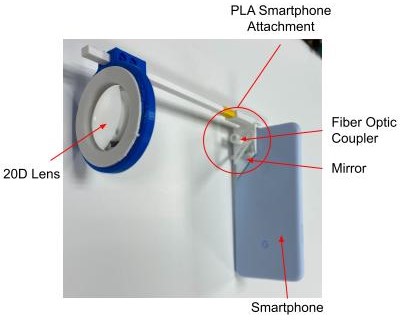
-

-

-
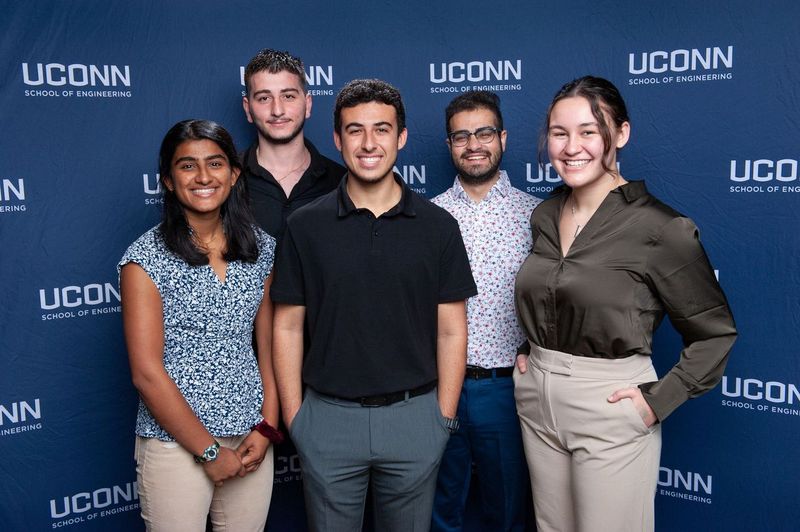
-
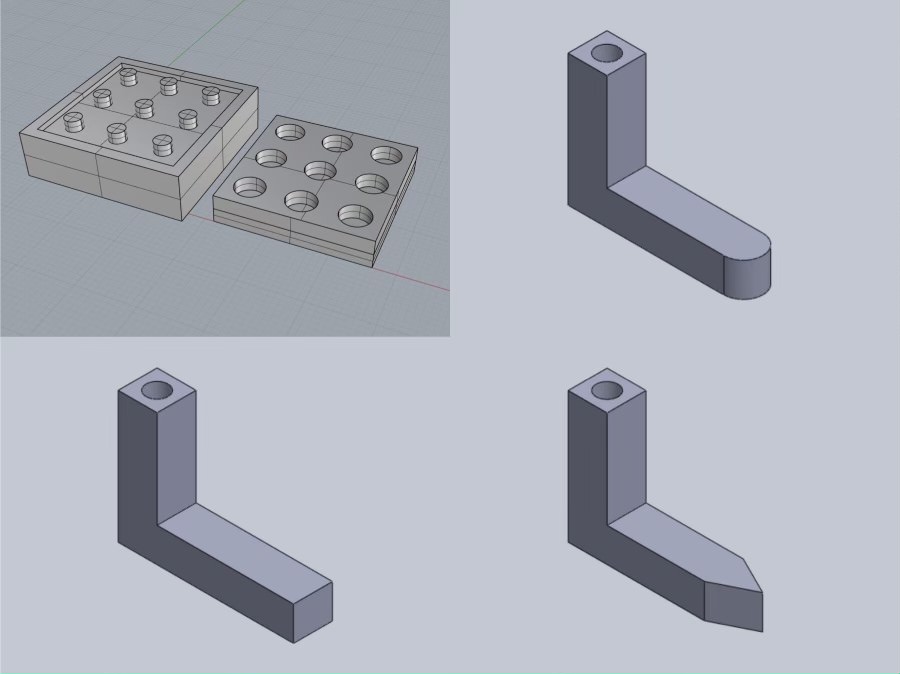
-

Two-Layer Tubular Structure for 3D Cancer Cell Culture and Microtissue Analysis
-
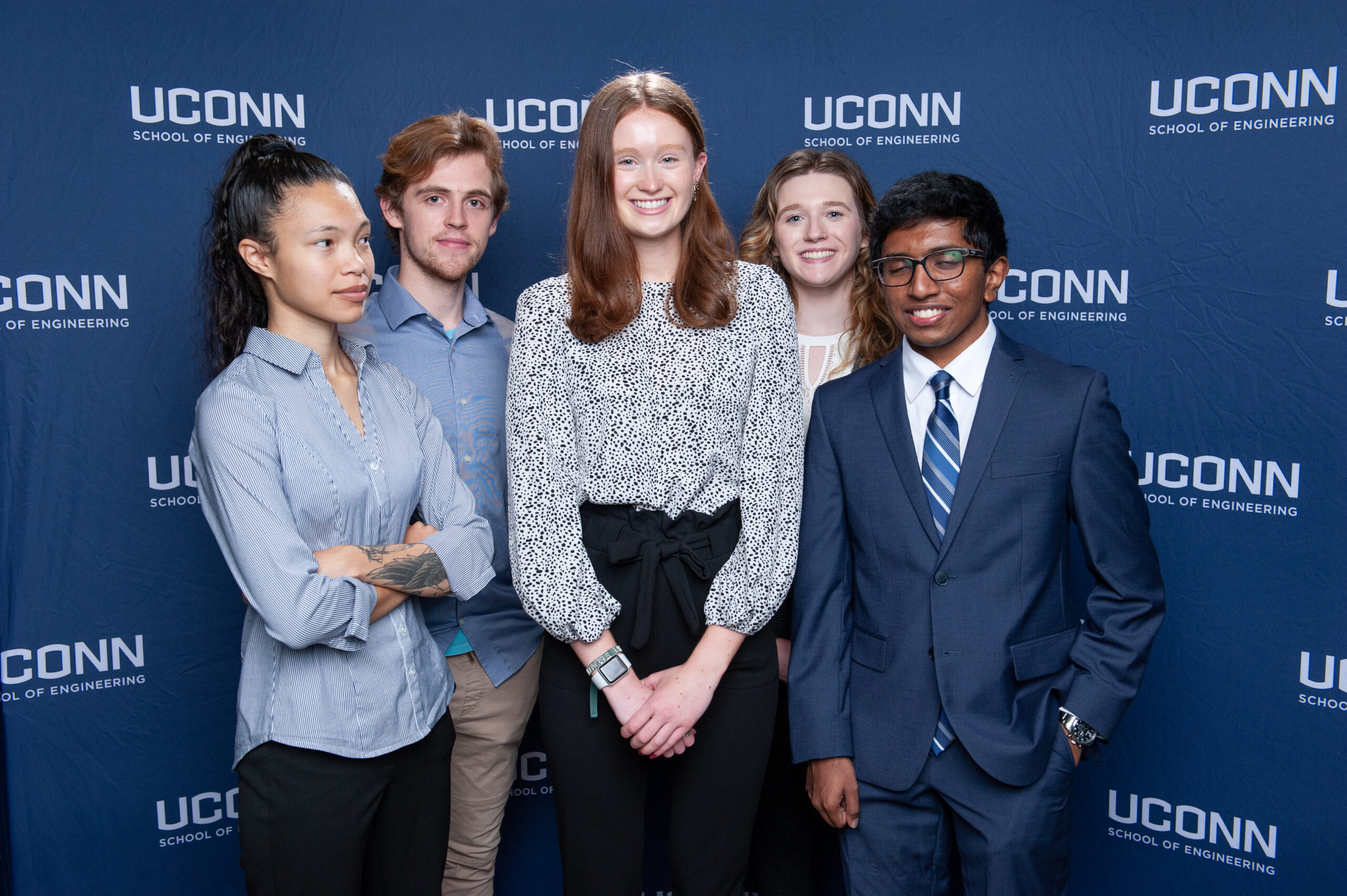
-
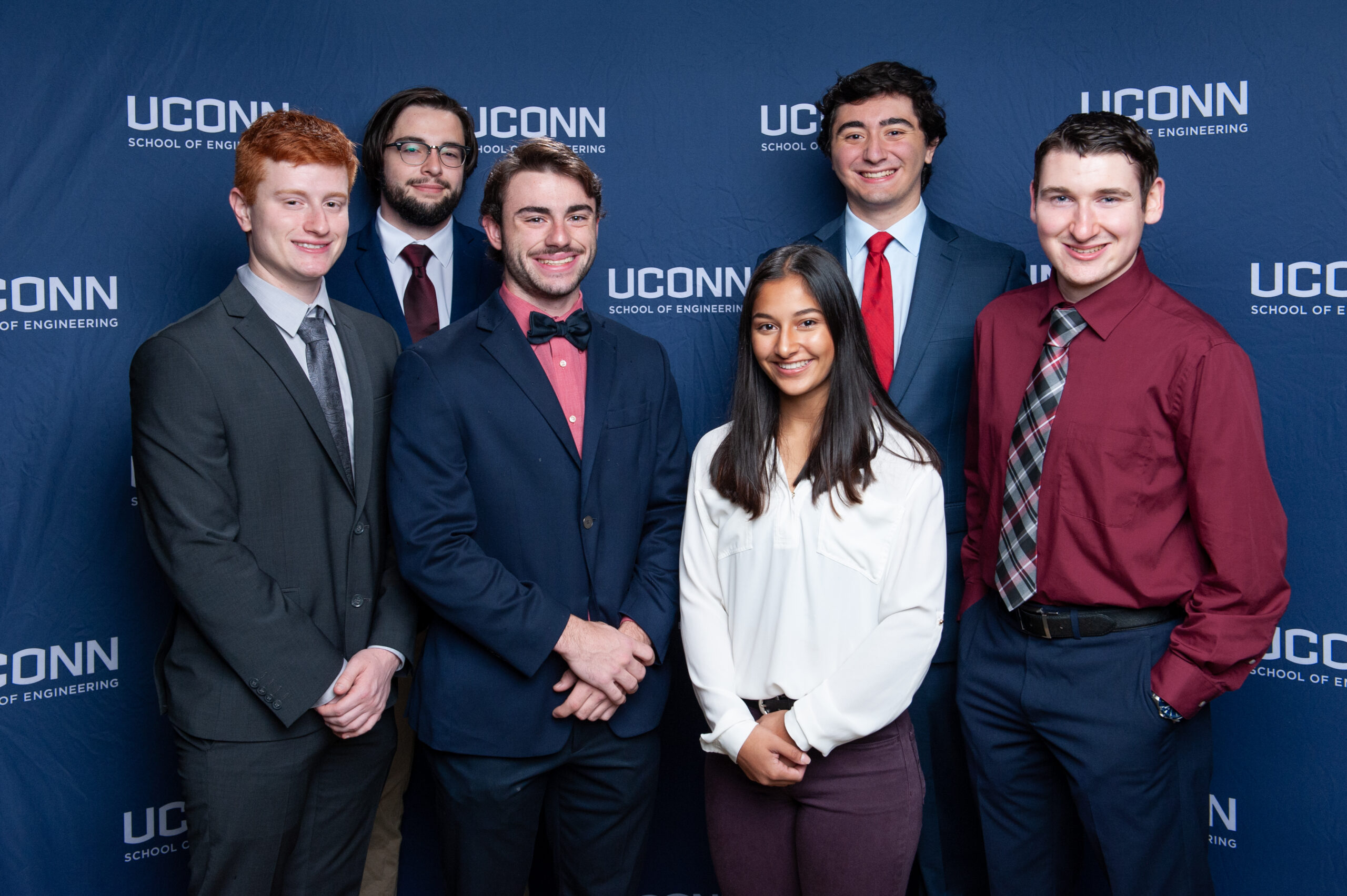
-
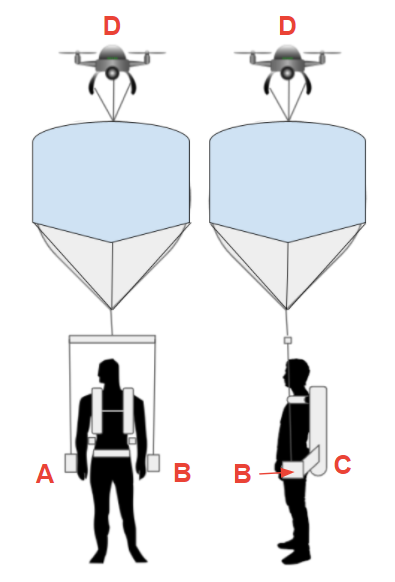
Reduced Gravity Simulator for Field Environments: Drone-Augmented System
Sponsor: National Aeronautics and Space Administration (NASA)
-

Joystick Operated Ride-On Device for Children with Cerebral Palsy
-
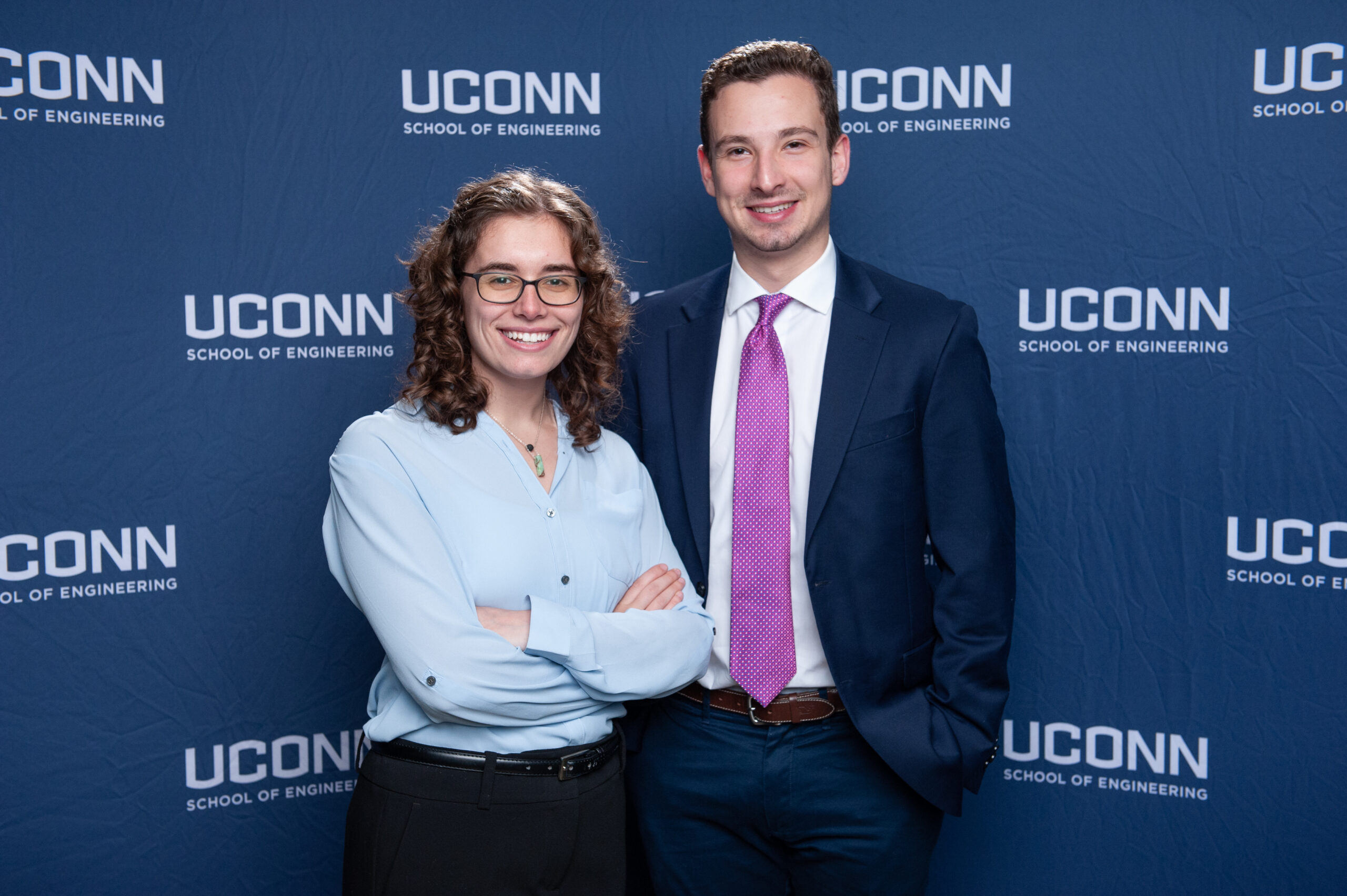
EOG-based Communication System for Patients with Locked-in Syndrome
-

Reduced-Gravity Simulator for Field Environments: Mobile Frame System
Sponsor: National Aeronautics and Space Administration (NASA)
-
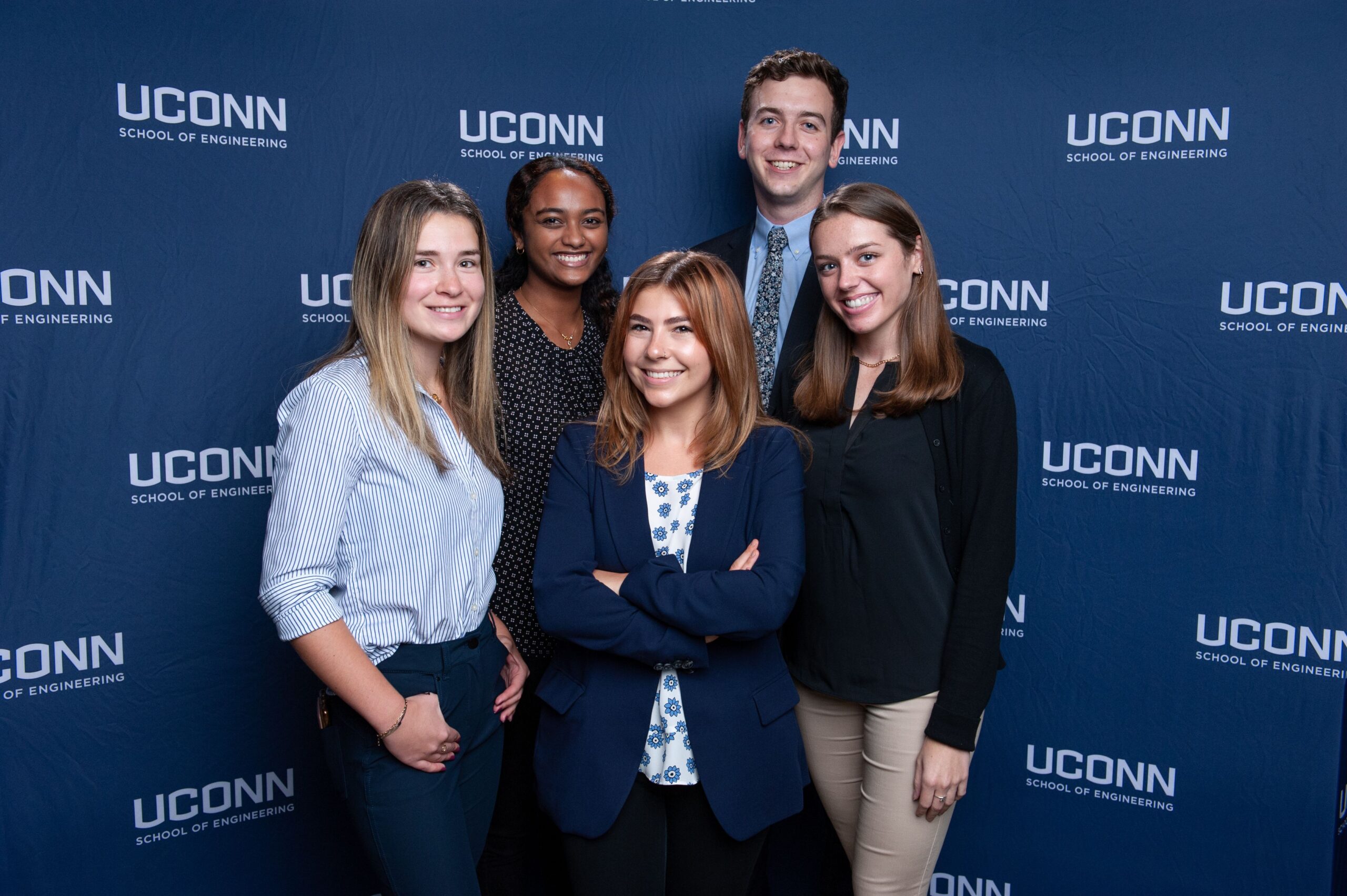
Stress of Patients under Compression of Hologic Paddle Designs for 3Dimensions™ Mammography System
-
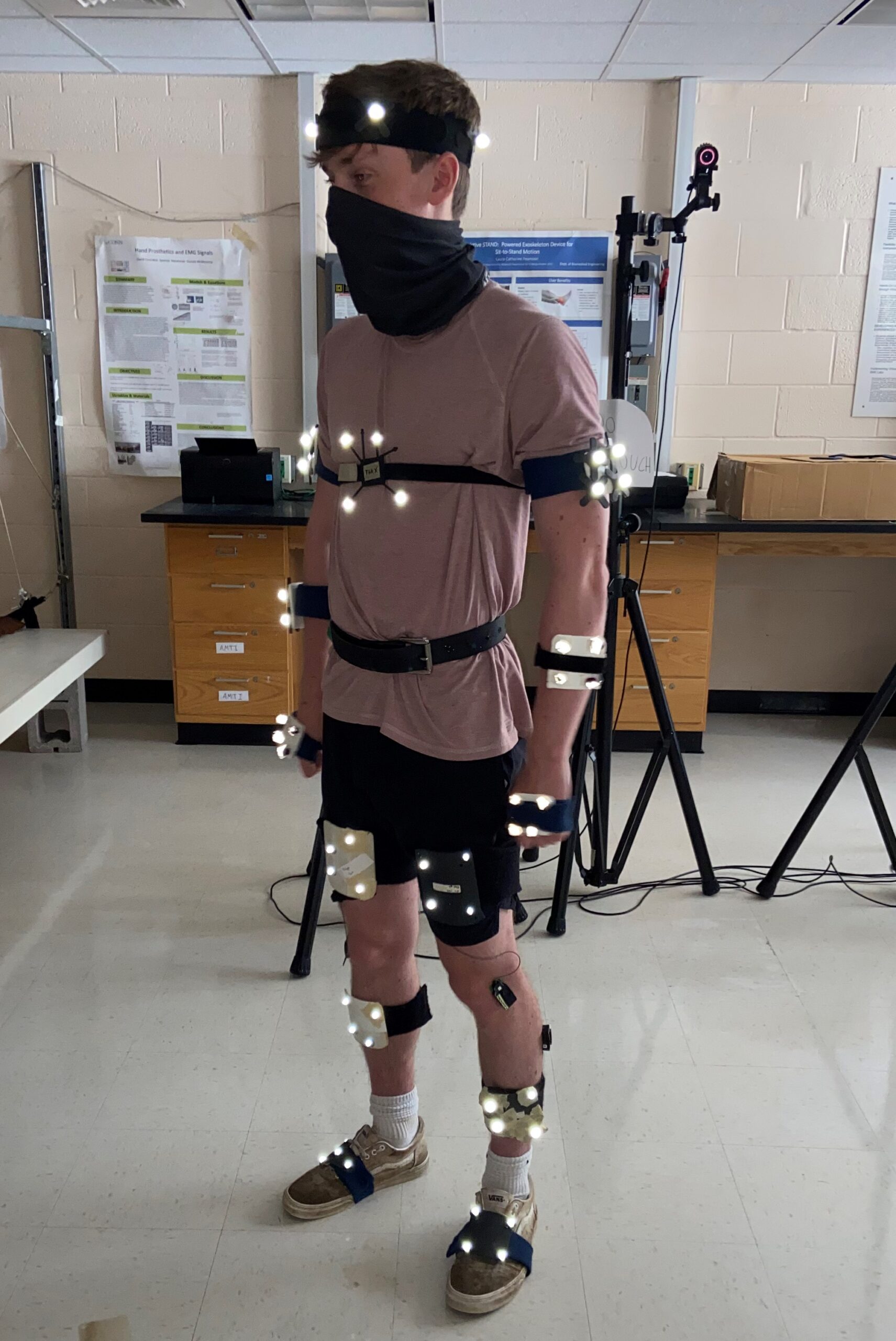
-
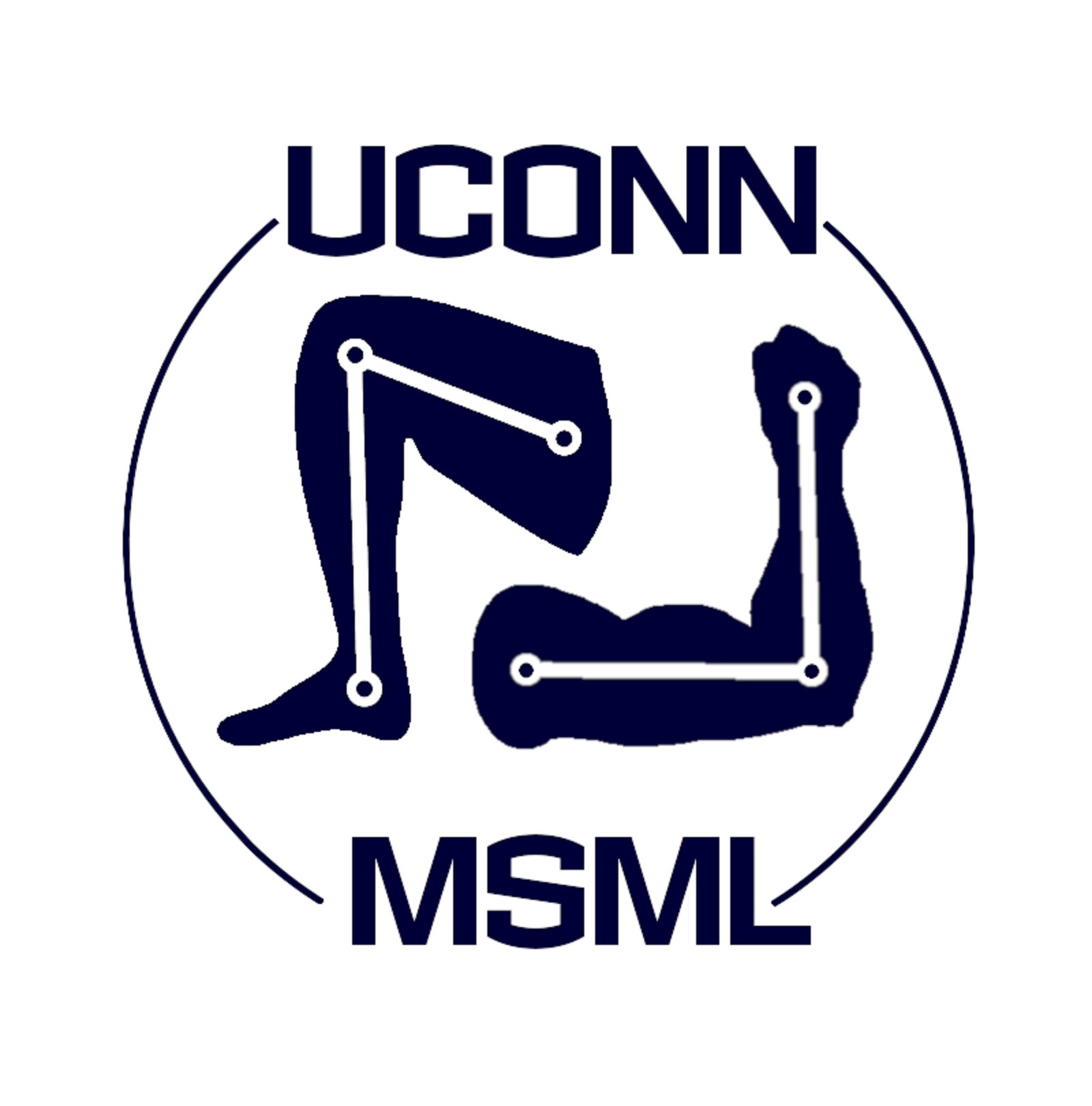
Inverse Dynamics Analysis of a Lower Extremity Sit-to-Stand Exoskeleton
-
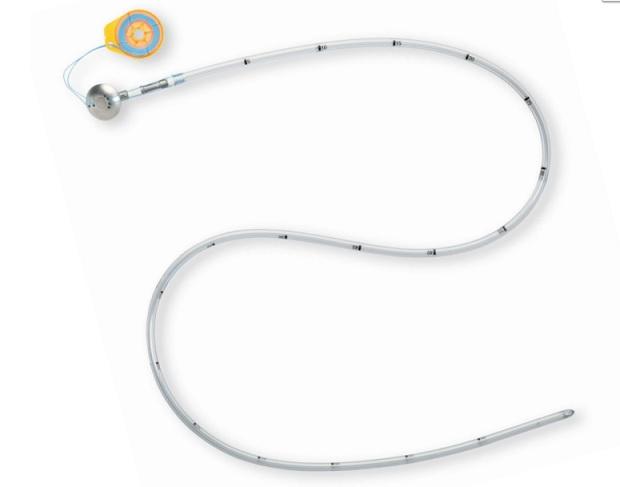
-
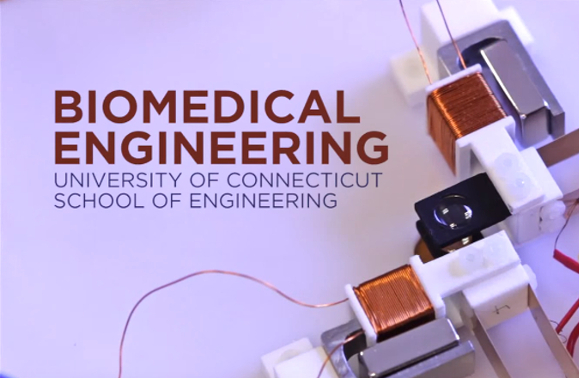
Design and Fabrication of Soft Hydrogels to Mimic Brain Matter to Model Traumatic Brain Injury
-

Mechanical Human Thorax Model for Automatic and CPR Device Testing
-
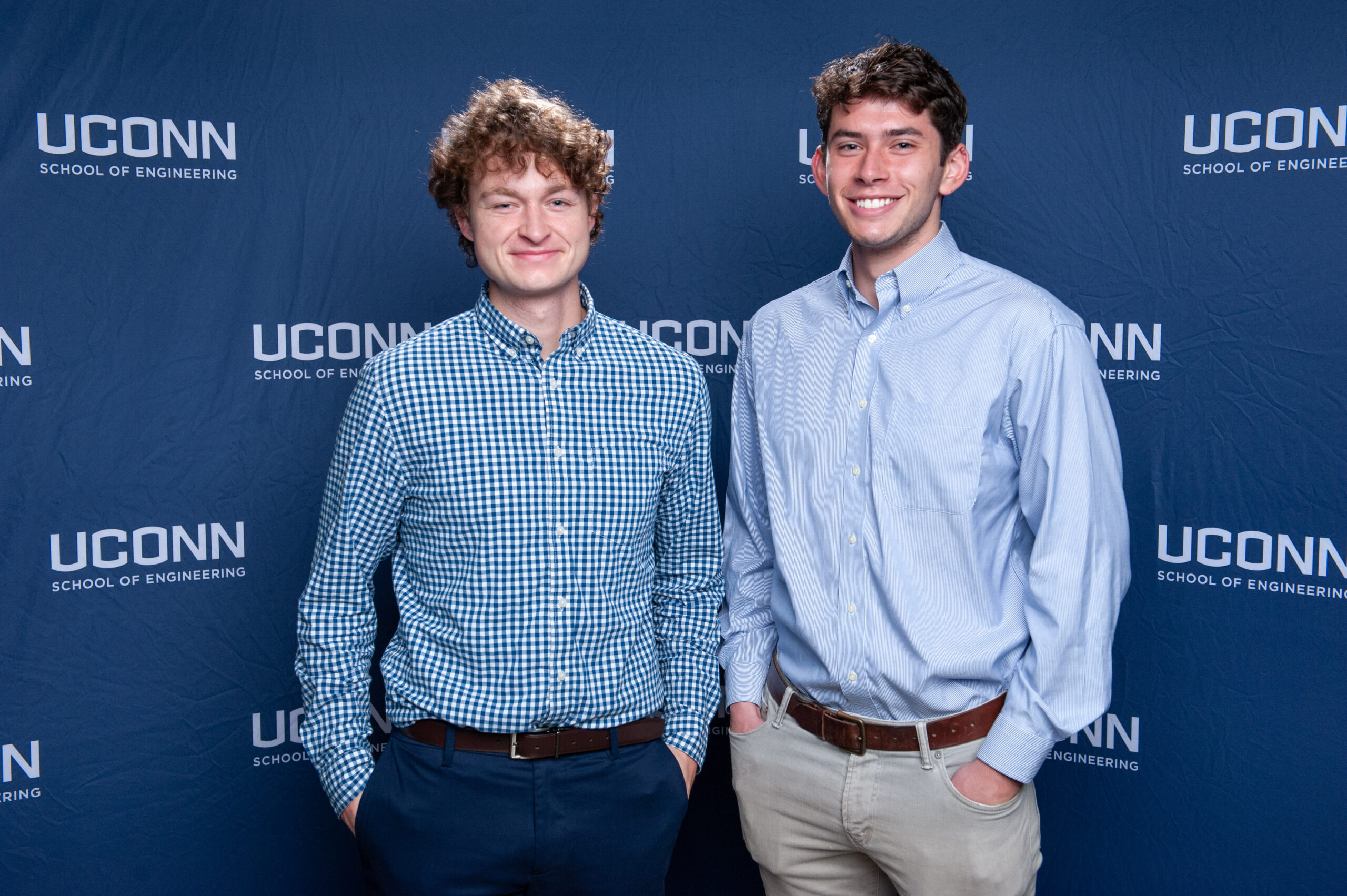
Automatic Shear Device for Biopharmaceutical Process Development
-

Utilizing 3D Motion-Capture to Optimize Prostheses for K3 and K4 Amputees
